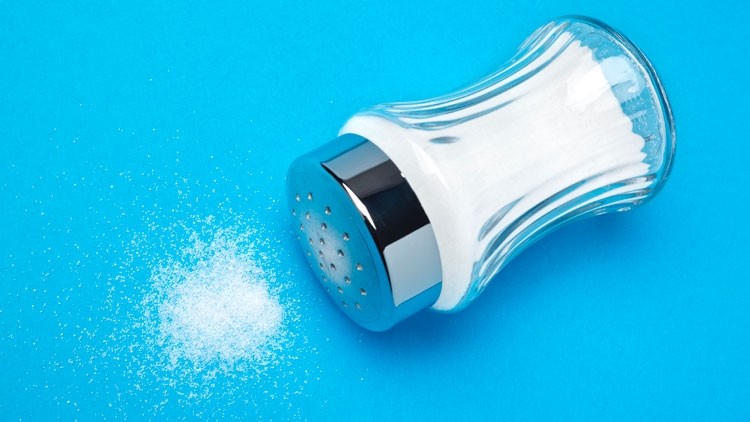Restaurant chains serving children's food 'unacceptably high in salt levels'

Research by Action on Salt of 302 meals served in restaurant groups has found that more than a third (34%) of meals contained 2g or more of salt – the equivalent of two-thirds of a four to six-year old’s maximum daily limit.
It also found that 43% of children’s meals exceed the maximum salt target set by the Department of Health.
The group is now calling for the Government to include mandatory regulations on salt, sugar and calorie levels in foods intended for child consumption.
Of the 302 meals surveyed, 41% were classified as being high in salt - with a content of more than 1.8g, with the saltiest meal being Gourmet Burger Kitchen’s (GBK) cheeseburger with skinny fries, which contains 4.8g salt and which exceeds a child’s recommended maximum daily limit.
The research also found that salt content in similar dishes varied from brand to brand, with a spaghetti bolognese in Prezzo containing 1.2g salt compared to the same dish in Beefeater, which had a salt content of only 0.3g, and a Pizza Hut margherita containing 2.3 times as much salt as a comparable margherita pizza served at Brewer’s Fayre.
“Despite the last two years of the pandemic being a huge challenge for the hospitality sector, restaurants should have seized the opportunity and re-opened their doors with wholesome, nutritious meals to suit our children’s needs,” says Sonia Pombo, campaign manager at Action on Salt.
“It has been three years since our previous survey was undertaken exposing the unacceptably high salt dishes served up in UK restaurants and is now abundantly clear that no progress has been made.
“These stark new findings should be a wakeup call to the sector to make children’s health a priority.”
A lack of progress
Restaurants have been tasked with gradually reducing the amount of salt being added to their dishes with a target of no more than 1.71g of salt set for children’s meals. However, while restaurant groups have reduced the salt content of some of their dishes, there has been a rise in others.
Of the dishes that appear in both Action on Salt’s 2019 and 2022 survey, 44% have reduced salt content but 24% have also increased in salt, and 33% have seen no reductions, it says, adding that progress has been inconsistent across the different chains, with some prioritising children’s health more than others.
Chains found to have made the biggest average reduction in salt content in their dishes include Burger King, Nando’s, Wagamama and PizzaExpress, with an average decrease in salt content of 35%, 15%, 8% and 6% respectively. The biggest offenders are GBK and McDonald’s, where average salt levels have risen by 7%, and Pizza Hut, where the average salt content across its dishes has risen by nearly a third (31%).
A diet that is high in levels of salt is said to increase a person’s risk of high blood pressure, strokes and heart disease.
“Gradually reducing the salt that is added to our food is the most cost-effective measure for lowering blood pressure and thereby reducing the thousands of strokes and heart disease that are caused by this excessive salt intake,” says Graham MacGregor, professor of cardiovascular medicine at Queen Mary University of London and chair of Action on Salt.
“Ministers must now force recalcitrant restaurants to stop adding all of this salt with a mandatory reformulation programmes, better labelling and restrictions on marketing and promotions to truly stop this flood of unhealthy food being served up and putting our children’s future health at risk.”
This article has been updated to show that Prezzo's spaghetti bolognese contains 1.2g of salt and not 3.2g as was initially stated by Action on Salt.



















